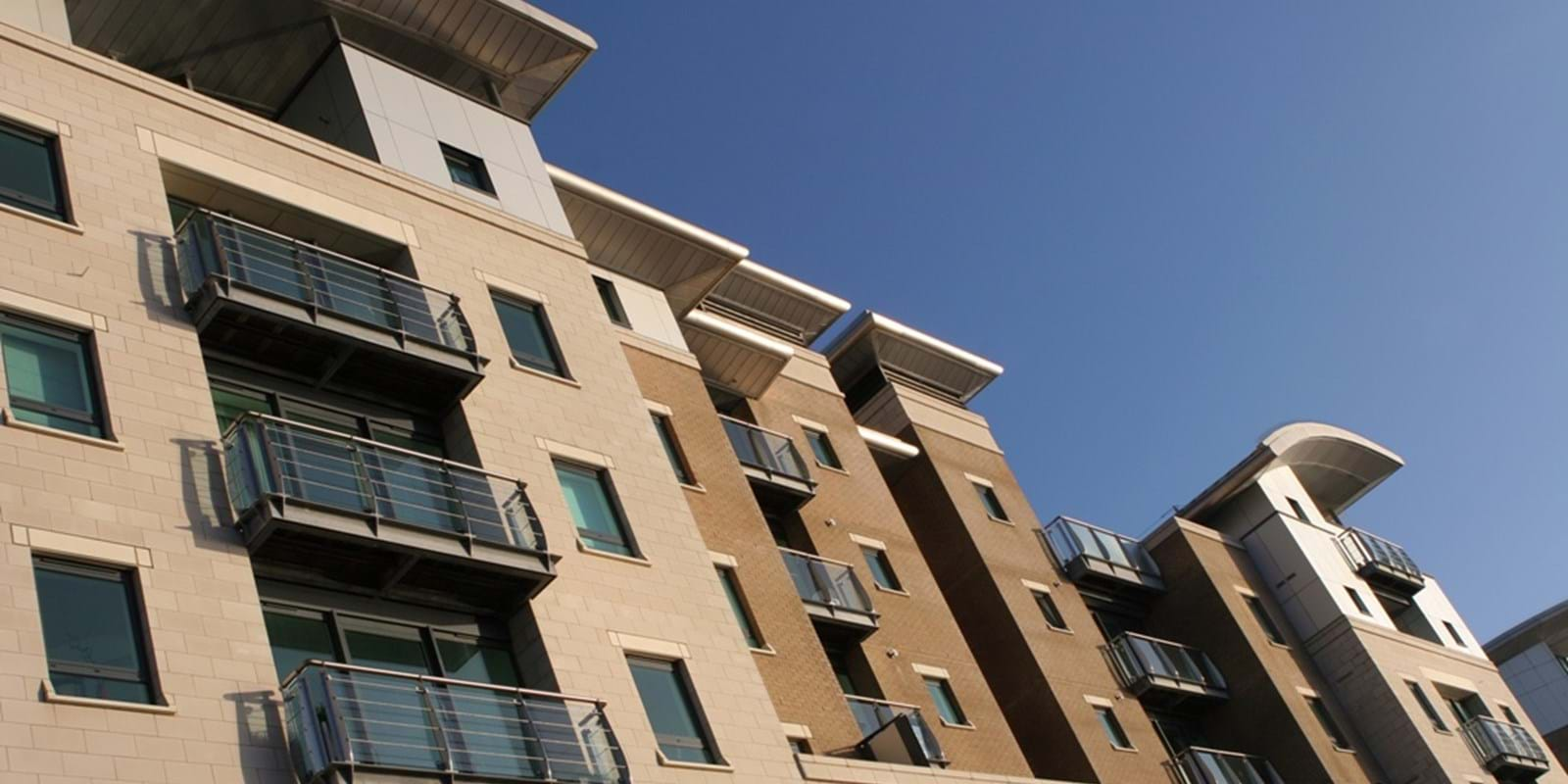Municipalities issued building permits worth $7.2 billion in October, up 7.4% from September. This followed a 4.1% rise in the previous month. The total value of permits showed a slight upward trend on the strength of eight monthly increases since the beginning of the year.
The increase in October resulted from higher construction intentions for both the residential and non-residential sectors, principally in Ontario.
Construction intentions in the residential sector posted their second straight monthly increase, rising 6.4% to $4.4 billion, the highest level since May 2013. Higher construction intentions were registered in six provinces, led by Ontario, Quebec and British Columbia. Alberta had the largest decline.
In the non-residential sector, the value of permits rose 9.0% to $2.8 billion, the sixth monthly increase since the beginning of the year. Gains were posted in half the provinces, with Ontario and Saskatchewan responsible for most of the increases. Quebec registered the largest decline.
Residential sector: Ontario posts significant gains in both multi-family and single-family dwellings
Construction intentions for multi-family dwellings rose 8.4% to $2.0 billion, a second consecutive monthly advance. This gain was the result of higher construction intentions for apartments and apartment-condominiums in four provinces, with Ontario and Quebec accounting for much of the growth. Alberta posted the largest decrease.
The value of building permits for single-family dwellings increased 4.7% to $2.4 billion in October. This was the second consecutive monthly increase. Gains in five provinces, led by Ontario, British Columbia and Alberta, more than offset declines in the other five provinces. Quebec had the largest decline, followed by Newfoundland and Labrador and New Brunswick.
Canadian municipalities approved the construction of 18,823 new dwellings, up 6.9% from September. This increase was attributable to multi-family dwellings, which rose 12.2% to 12,465 units. Meanwhile, the number of single-family dwellings fell 2.1% to 6,358 units.
Non-residential sector: Strong increase in the commercial component
The value of non-residential building permits was up in October as a result of a strong increase in construction intentions for commercial buildings.
Construction intentions for commercial buildings rose 22.0% to $1.8 billion, the highest level since July 2013 and the third increase in four months. The advance came from higher construction intentions in a variety of commercial buildings, including recreational facilities, office buildings, warehouses, and hotels and restaurants. Gains were posted in six provinces, with Ontario registering the largest advance, followed by Manitoba, British Columbia and Saskatchewan. Alberta, in turn, posted the largest decline.
In the industrial component, the value of permits edged up 0.5% to $495 million. The increase followed two months of declines and was the result of higher construction intentions for transportation-related buildings and utilities buildings, as well as primary industry buildings. Construction intentions for industrial buildings were up in half the provinces and two territories.
In the institutional component, the value of permits fell 15.2% to $516 million, the lowest level since February 2013. The decline followed an 11.3% increase in September and was the third decrease in four months. The value of institutional building permits was down in seven provinces. British Columbia and Quebec accounted for much of the decrease, primarily as a result of lower construction intentions for medical facilities and educational institutions. Ontario, Alberta and Saskatchewan recorded large increases.
Provinces: Ontario posts the largest advance
The total value of permits was up in four provinces in October, with Ontario leading the way, followed by Saskatchewan and Manitoba.
Ontario had the largest advance by far, with substantial gains in commercial and multi-family construction intentions.
The gain in Saskatchewan resulted primarily from higher construction intentions for commercial and institutional buildings, while in Manitoba, commercial buildings were behind the increase.
The largest drop occurred in Quebec, with institutional and industrial buildings accounting for most of the decline.
Higher construction intentions in most census metropolitan areas
In October, construction intentions were up in 19 of Canada's 34 census metropolitan areas.
The largest increases were in Toronto, followed by St. Catharines–Niagara and Ottawa. In Toronto, the advance was principally attributable to commercial buildings and multi-family dwellings. The gain in St. Catharines–Niagara was the result of higher construction intentions for both non-residential and residential buildings. In Ottawa, the increase came from residential and commercial buildings.
Conversely, the largest declines in the total value of building permits occurred in Québec, followed by Edmonton and Oshawa. Lower construction intentions in all components, except institutional buildings, explained the decrease in Québec. In Edmonton, the decline originated from multi-family and single-family dwellings, as well as institutional buildings. In Oshawa, institutional buildings were mainly responsible for the decrease.

